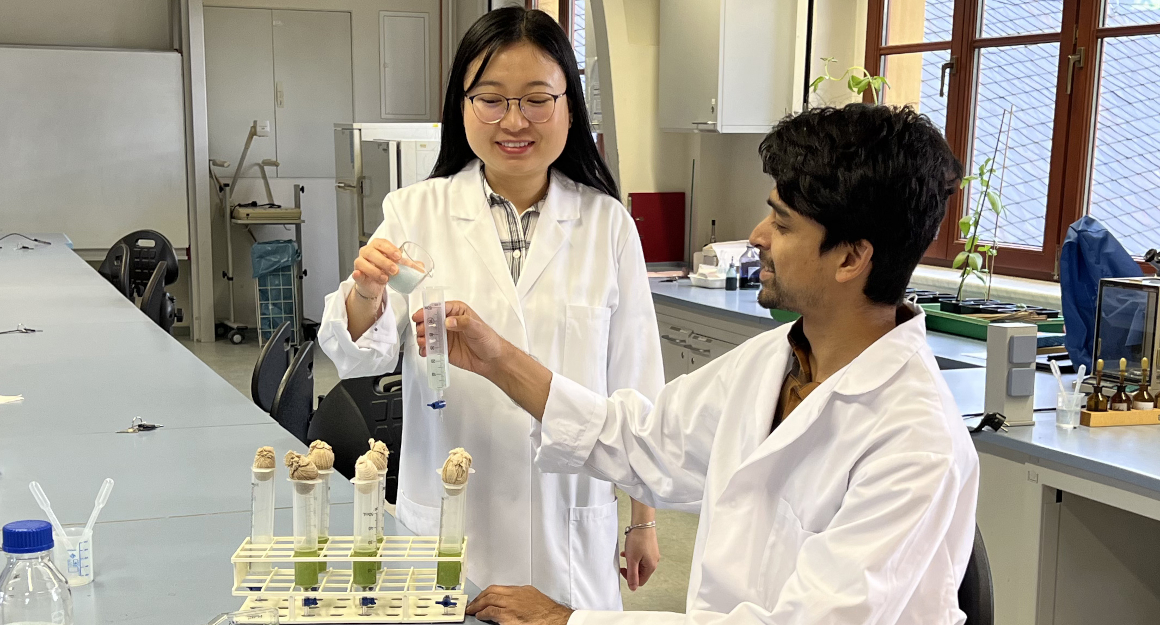The hidden inner life of old books
Researchers at Leipzig University Library want to use microbes to learn more about late medieval writings.

Some authors are able to craft stories that come to life in the imagination of their readers. In fact, most books are literally alive, because their pages contain microorganisms. Researchers from the Leipzig University Library, the TU Braunschweig and the German Collection of Microorganisms and Cell Cultures (DSMZ) now want to look at and study these microbes as "genuine components of the culture material".
From medieval times
"We assume that the common knowledge systems for books and libraries will have to be supplemented by a material component," explains Ulrich Johannes Schneider, project manager from Leipzig. Funded by the Federal Ministry of Education and Research (BMBF), the partners in the joint project want to carry out microbiological analyses of late medieval volumes from the period between 1250 and 1500 A.D..
Library collections as living collections
So far, conservators have considered microorganisms to be harmful to artifacts and have tried to eliminate bacteria or fungi. The joint project questions this approach and aims instead to combine microbial research results with historical studies of the written works. Library collections should therefore also be understood as "living collections".
The researchers hope that in this way they will be able to gain new insights into the book as an object in connection with the transmitted content. It is even conceivable that this approach might lead to a reassessment of book-historical aspects of late medieval history, suggest the project partners.


